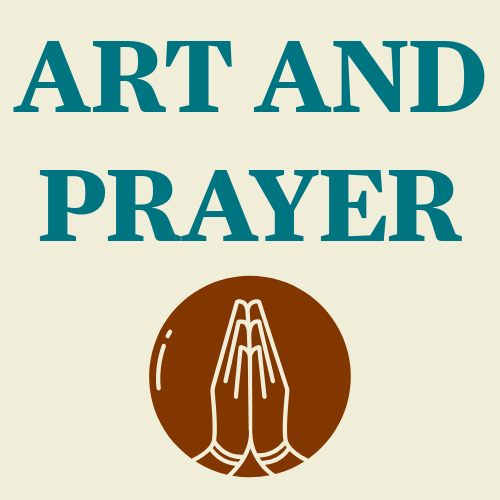Praying with Tania Michelle Wineglass' "After Dinner Conversation"
What does it mean to create with God? In this episode, artist Tania Michelle Wineglass shares how clay, home, and storytelling become vessels of divine conversation and challenge. Through scripture and prayer, we are invited to see God’s shaping hand in art, in justice, and in our own lives.
Isaiah 58:9-11
This week’s Art and Prayer features a moving conversation with artist Tania Michelle Wineglass, whose work with clay and mixed media is both deeply spiritual and profoundly challenging. Tania shares how creating with clay feels like talking with God — a dialogue between Creator and creation. In her hands, clay becomes not just material, but a reminder of God’s ongoing work within us, shaping and reshaping us through the stages of life.
In our interview, Tania reflects on the theme of home, both physical and spiritual. Out of personal experiences of displacement, she began crafting house images as a way of wrestling with the meaning of belonging. She discovered that even in the absence of a structure, God reminded her she was always at home — at home with the Divine, and at home within her own heart. Her art invites us to reflect on what it means to find home, and to offer belonging to others.
Tania also describes how her installations tell stories that bring social realities into focus. From a dinner table marked by redlining, to Monopoly-inspired reflections on economic disparity, her pieces disturb the peace in the way James Baldwin once said artists must. Through these works, she challenges viewers to confront difficult truths while leaving space for their own experiences and interpretations to deepen the meaning.
We move from her insights to prayer with the words of Isaiah 58:9–11, a passage calling us to remove oppression, satisfy the hungry, and trust God’s guidance. With this scripture alongside Tania’s work After Dinner Conversation, we are invited to imagine ourselves at the table: noticing, listening, and asking how faith shapes the conversations we need to have.
Finally, Tania speaks of the creative process as a mirror of spiritual growth. Clay, like life, moves through stages of formation, breaking, and renewal. God, she reminds us, is a patient teacher who allows us to learn through repeated trials, always accompanied by grace. This conversation is a testimony to faith, resilience, and artistry that both comforts and disturbs — leading us closer to God’s transforming love.
